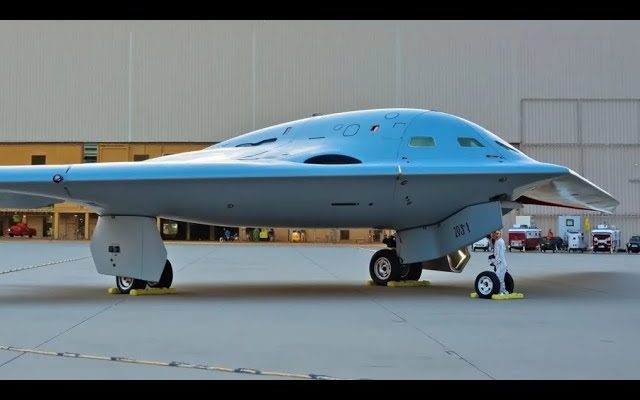The U.S. military has long been known for its cutting-edge technology, and the SR-71 Blackbird was a prime example of that legacy when it was introduced in the 1960s. Renowned for its incredible speed, altitude, and reconnaissance capabilities, the SR-71 redefined the limits of aerial warfare. Now, as we approach 2025, there are growing rumors and speculation surrounding a new, highly secretive 6th-generation aircraft that some believe is set to succeed the Blackbird. While details remain scarce and much of the information is speculative, the potential reveal of a new SR-71-inspired aircraft has the defense world buzzing.
One of the most exciting aspects of this new plane is the possibility of it being the first 6th-generation stealth reconnaissance aircraft. The SR-71, with its unmatched speed and high-flying capabilities, was already a stealth marvel in its own right, but modern technology has advanced far beyond what was possible in the 1960s. The new 6th-generation Blackbird could include next-gen stealth features that make it virtually undetectable by enemy radar systems, even at extreme altitudes and high speeds. With current advancements in radar-absorbing materials and cutting-edge sensors, the new Blackbird could operate in contested airspace with a level of secrecy and effectiveness that its predecessors could only dream of.
One of the most intriguing features of this potential new aircraft is its propulsion system. The SR-71 used turbo-ramjet engines, allowing it to reach speeds of over Mach 3. However, modern advancements in hypersonic technology, which promises speeds of Mach 5 and beyond, could enable this new aircraft to shatter records. A hypersonic engine would allow the plane to travel at extreme speeds, making it nearly impossible to intercept with current air defense systems. The ability to operate at hypersonic speeds also allows the aircraft to cover vast distances in very short periods, making it ideal for intelligence-gathering missions and deep penetration into hostile airspace.
In addition to its speed and stealth, this new aircraft could feature advanced sensor fusion systems, incorporating cutting-edge radar, infrared, and electronic warfare capabilities. These sensors would allow the plane to detect and avoid threats from both surface and airborne adversaries while gathering real-time intelligence. The integration of artificial intelligence (AI) could further enhance these capabilities, allowing the aircraft to process and analyze vast amounts of data while on the move, making decisions autonomously or in coordination with other aircraft and military assets.
Another compelling aspect of this new 6th-generation SR-71 is its versatility. While the original Blackbird was primarily used for reconnaissance, the new aircraft could be designed for multi-role operations, including intelligence, surveillance, and reconnaissance (ISR), as well as tactical strike missions. Its ability to rapidly gather and relay critical intelligence in real-time could be invaluable in modern warfare, where timely information is often the difference between success and failure.
Though the U.S. military has been tight-lipped about the existence of such an aircraft, various hints from defense contractors and military insiders suggest that significant progress is being made in the development of this 6th-generation marvel. With its combination of hypersonic speeds, advanced stealth technology, and cutting-edge sensors, the new SR-71 could revolutionize the way the U.S. military conducts reconnaissance and surveillance operations. As we approach 2025, the possibility of this aircraft being revealed to the public has many military enthusiasts and defense experts eagerly awaiting what could be the next giant leap in aviation technology. If the rumors prove true, this new Blackbird could be a game-changer, reaffirming the U.S. military’s dominance in the skies for decades to come.



